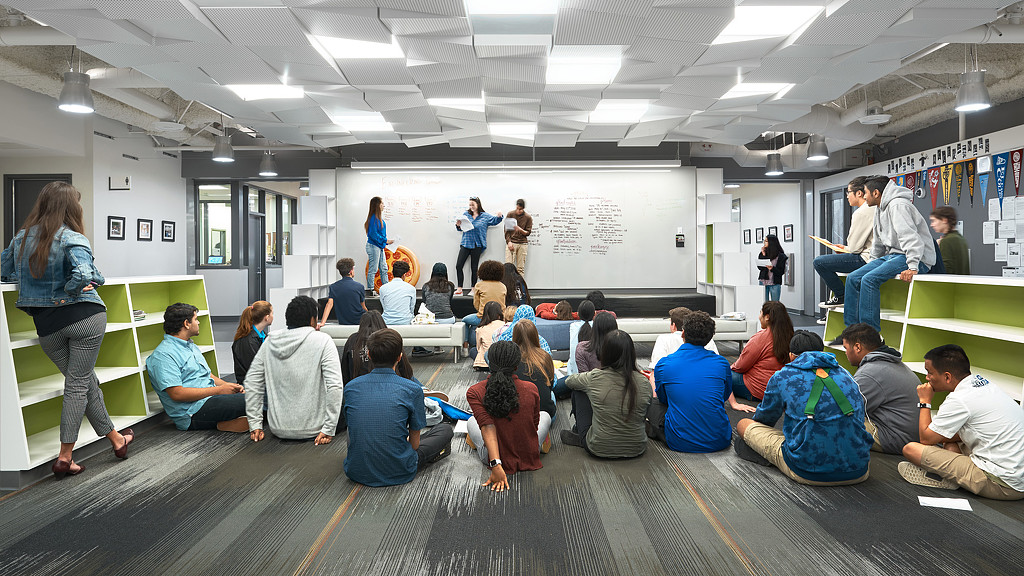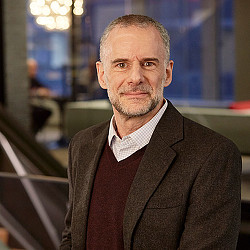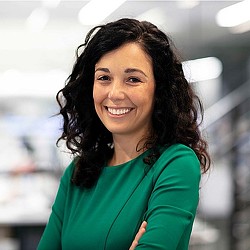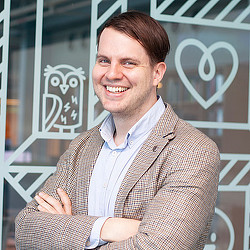Designing Schools for Equity and Engagement
March 26, 2021 | By Mark Thaler, Patricia Nobre, and Omar Quesada
Maintaining school operations in the midst of the COVID pandemic continues to be of critical importance to getting communities back up and running. Although the Center for Disease Control recently released its updated recommendations for getting schools back to in-person instruction, we are far from understanding the long-term impact of the pandemic on students. In a recent op-ed in the New York Times, Dr. Jal Mehta from the Harvard School of Education asks:
"The first lesson that the pandemic has revealed is the limits of one-size-fits-all schooling…When we reopen schools, could we do so in a way that creates different kinds of opportunities for all kinds of students — introverts and extroverts, fast processors and reflective thinkers?"
Our research has also pointed us in that direction. A recent survey conducted by the Gensler Research Institute (with full results forthcoming in May) showed that nearly half of college students feel they are less successful academically now than prior to the pandemic, including a significant drop in motivation and engagement. As we've noted in the past, the "average learner" is a myth. This is an opportunity to shift the paradigm: it is not only about providing equality of design, but equity in design so that all users can engage in ways most appropriate for their individual needs. Also informing our recent research is Deci and Ryan’s self-determination theory of human motivation that identifies three innate needs that frame our approach to designing the post-pandemic school: autonomy, competence, and relatedness.
In the built environment, we translate these needs to design opportunities through the ideas of connectivity, adaptability, and choice, exemplified by three recent projects.
Connectivity
Wiseburn/Da Vinci High School
El Segundo, CA
Wiseburn High School transforms the innovative Da Vinci charter schools (Da Vinci Design, Da Vinci Communication and Da Vinci Science) from a multi-story defunct office building into a super-adaptable educational facility and a community landmark.
Three independently functioning learning communities of 450 students each occupy a full floor of the building. An atrium brings daylight into the center of the building and interconnects all floors with a grand stair. Each school is addressed from the stair, each has its own visual identity from the atrium. Open areas and seminar rooms of project-based learning activity frame the perimeter of the atrium. Community use, administrative, corporate partnership, and program incubator spaces are located on the ground floor.
Each school floor is designed to be ultra-flexible, moving away from traditional corridors and fixed classrooms, opting for neighborhoods of teaching spaces organized around hubs of open, collaborative areas that support a flexible, project-based curriculum. Each of these hubs is a culturally sustaining school community that allows all students to feel included and represented. When this happens, they’re better able to relate to their coursework and build meaningful relationships with peers and educators.
Adaptability
Dwight-Englewood Middle School
Englewood, New Jersey
In our blog post “The Wonder Years: Creating a Middle School Launching Pad“ we shared the outcome of our workshop with Dwight-Englewood’s educators. This workshop helped establish the educational, emotional, and social needs of the 6th through 8th graders that would occupy the new building which opened in Fall 2020, and set up the design strategies that would respond to these needs.
The underlying premise of the building is to establish a distinct identity for each grade-level, from the bottom to the top of the building connected by an open stair. Each level is organized around a front “porch” surrounded by classrooms that have the ability to open or close, enabling each floor to be reconfigured for project-based learning to create a unique dynamic and allow for a variety of learning styles to take place. The classrooms themselves are designed to be completely reconfigurable — instead of a teacher desk there is a mobile podium that enables the educator to take up any position in the room as students become used to driving their own independent learning experience.
This adaptable environment ensures students at all levels can learn effectively and creates a safe space to voice their opinions, tap into their creativity, and connect school learning to their community and world at large.
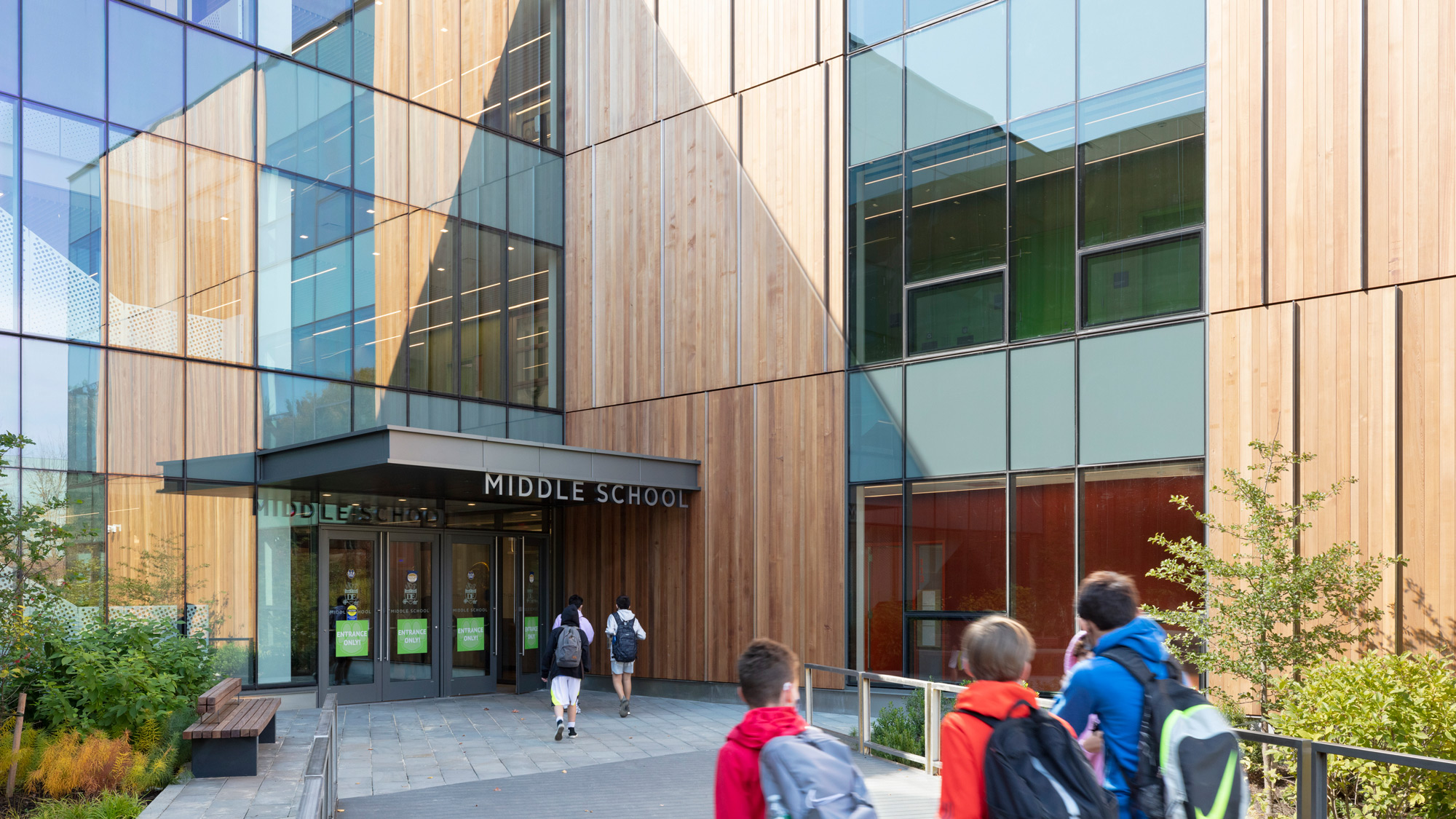
Choice
Colegio Dom Bosco
Sao Luis, Maranhao, Brazil
With a mission to serve as the “school of the new century,” Colegio Dom Bosco sought Gensler’s expertise to revolutionize education in Brazil. Through an immersive design process and visioning with the school’s leadership, which includes educational experts spanning three generations of the Rodrigues family, the project aimed to address a wide range of priorities – among them are providing students the ability to choose their learning environments based on their individual needs and fostering interdisciplinarity and conviviality among different age groups.
The building is organized into two distinct areas – the formal academic wing and the informal learning environment. Both are hybridized by a multi-story lobby which is the first area students see as they enter the building. Each floor is connected by a series of ramps which encourages meaningful student interaction, enhances the journey within the building, and creates a sense of wonder and discovery.
In the academic spaces, traditional corridors are replaced by learning galleries, circulation spaces lined with “incubators”. These “incubators” are informal learning areas of varying layouts which allow students the choice to collaborate, socialize, focus, and even teach each other. The incubators were created with the idea in mind that students thrive when we help them identify their strengths, allowing students to choose a seat that is best for their learning styles and needs.
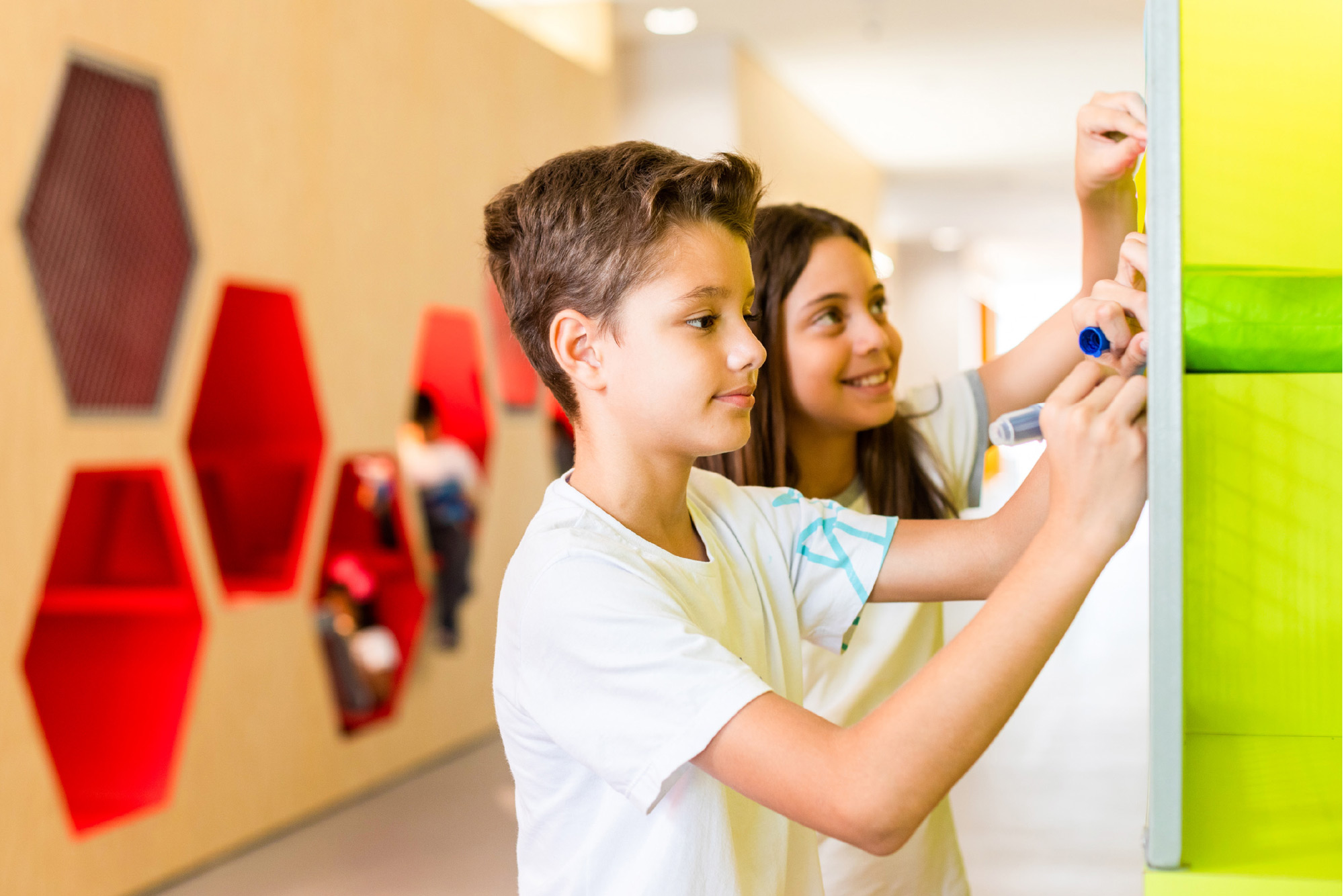
Our research has shown us that equity and engagement are two sides of the same coin, and the post-pandemic school will need to address both to ensure success. The school of the future does not ask how it can best support the average learner, but how it can best support all learners – for in that process we design for everyone in between. Rather than designing one optimal universal learning experience, it becomes imperative that we design for choice, adaptability, and connectivity – designing multiple pathways that spark the joy of learning in each student.
For media inquiries, email .
